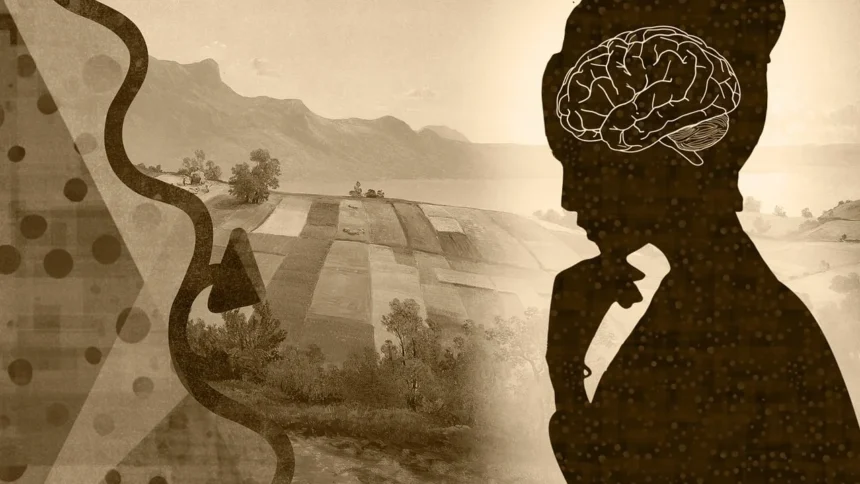Autism is a subject that generates interest, controversy, and even myths. Among the most common questions regarding this neurodevelopmental disorder is: can you develop autism later in life? The simple answer is no autism is a neurodevelopmental disorder, which means it is present at birth.
Yet, many adults are diagnosed with autism later in life, causing confusion about whether autism is something that can be developed over time. In this detailed article, we’re going to learn what autism is, why a later diagnosis happens, and why autism-like tendencies sometimes appear or become more prominent as a person ages.
What Is Autism?
Autism Spectrum Disorder (ASD) is a neurodevelopmental disorder that lasts a lifetime and impacts communication, behavior, and social interaction. It is referred to as a spectrum since it appears in different forms with different levels of support required. The main characteristics of autism are:
- Challenges with social interaction and communication
- Repetitive behaviors and restricted interests
- Sensory sensitivities (to textures, lights, sounds, etc.)
- Strong need for predictability and consistency
There is proof to back up the reality that autism is genetically obtained and created within the womb, so you are born autistic instead of developing it later in life.
Can You Develop Autism in Later Life? Understanding the Myth
The belief that autism can develop later in life is probably due to the growing number of adults who are getting a late diagnosis. Autism does not just suddenly appear it has always existed, but it might not have been diagnosed before.
Why Do Some People Get Diagnosed with Autism Later in Life?
Several factors contribute to late autism diagnosis, including:
- Masking and Compensation: Numerous individuals, more so women and non-binary individuals, learn to “mask” their autistic symptoms in order to meet social expectations. This renders symptoms less noticeable in childhood.
- Lack of Awareness: Autism research until recent years concentrated mainly on young boys, and as a result, other groups have been underdiagnosed.
- Mild or Misunderstood Symptoms: A few autistic people have fewer externally noticeable characteristics, so parents, teachers, or physicians may not notice autism during childhood.
- Co-Occurring Conditions: Anxiety, depression, ADHD, and OCD are prevalent in autistics. In some cases, these conditions are diagnosed initially, masking the autism underneath.
The Distinction Between Autism and Acquired Autism-Like Characteristics
While you can’t develop autism later in life, there are some life events that can cause behavior that is similar to autistic behavior, including:
- Traumatic Brain Injury (TBI): Injuries to the brain can cause social functioning changes, sensory issues, and rigid behavior patterns that resemble autism.
- Mental Health Disorders: Burnout, PTSD, or severe anxiety may result in social withdrawal, sensory sensitivities, and a love for routines, which may lead to confusion with autism.
- Neurodegenerative Diseases: Neurodegenerative diseases such as dementia may lead to behavioral changes that can mimic autistic behavior.
The Importance of Late Autism Diagnosis
For most adults, a late diagnosis of autism can be life-altering. It offers an explanation for their experiences, their difficulties, and their strengths. Some of the main advantages of autism diagnosis later in life are:
- Better Self-Understanding: Being aware that you are autistic can be utilized to explain past experiences and difficulties.
- Access to Support and Accommodations: Diagnosis provides access to autism-friendly services, therapy, and workplace accommodations.
- Improved Mental Health: Most autistic adults report a sense of relief following diagnosis, as they no longer have to blame themselves for problems they’ve experienced.
How to Seek an Autism Assessment as an Adult
If you think you may be autistic, do the following:
- Self-Assessment: Online autism screening instruments (e.g., AQ-50 or RAADS-R) can provide preliminary insight.
- Consult a Specialist: Find a clinical psychologist or psychiatrist who has experience in adult autism diagnosis.
- Gather Evidence: Consider childhood behaviors, sensory sensitivities, and social difficulties. If feasible, inquire with family members regarding your development during early childhood.
- Be Patient: Diagnosis of autism in adults may be slow, as many practitioners are still gaining experience in how autism manifests in adults.
Final Thoughts: Autism Is Lifelong, Not Acquired
In short, can you become autistic later in life? No autism is something one is born with. That being said, there are many individuals who go years without a diagnosis, making it appear as if autism can be developed later in life. There are some things in life that may replicate symptoms of autism, but actual autism is a neurodevelopmental disorder that has always been present in the individual. If you’re wondering if you may be autistic, pursuing a professional evaluation can be an empowering step in self-discovery and support. Diagnosed as a child or in adulthood, embracing autism as an aspect of your identity can yield self-acceptance, more effective accommodations, and a fulfilling life on the spectrum.

